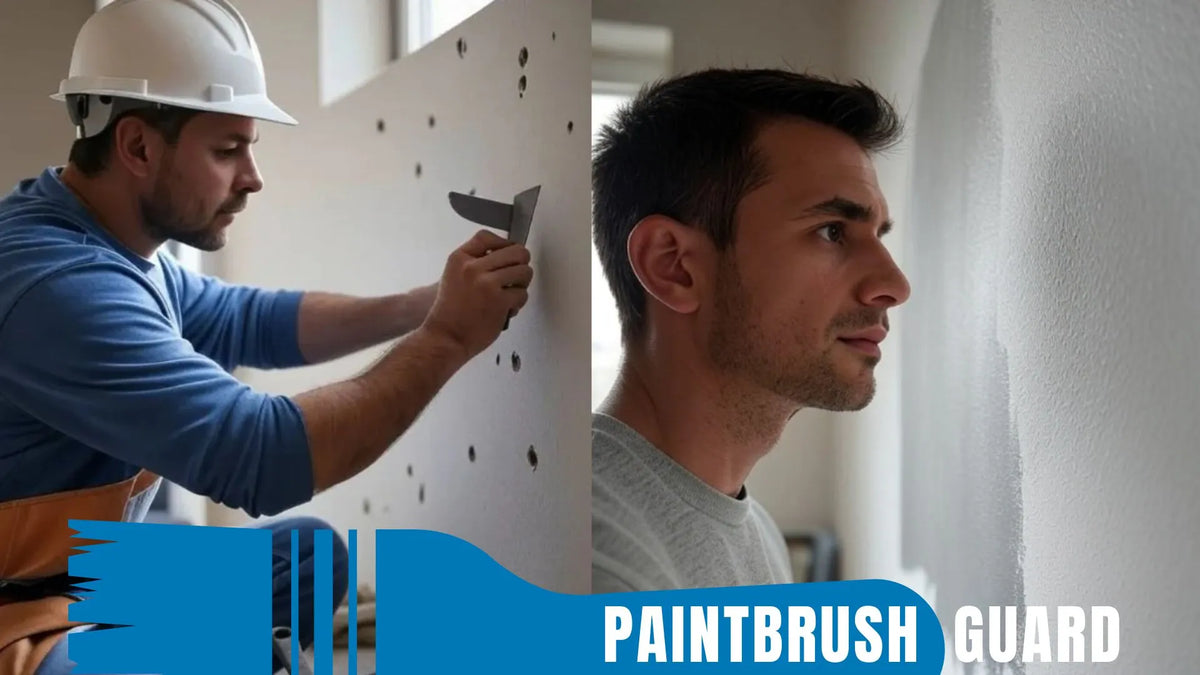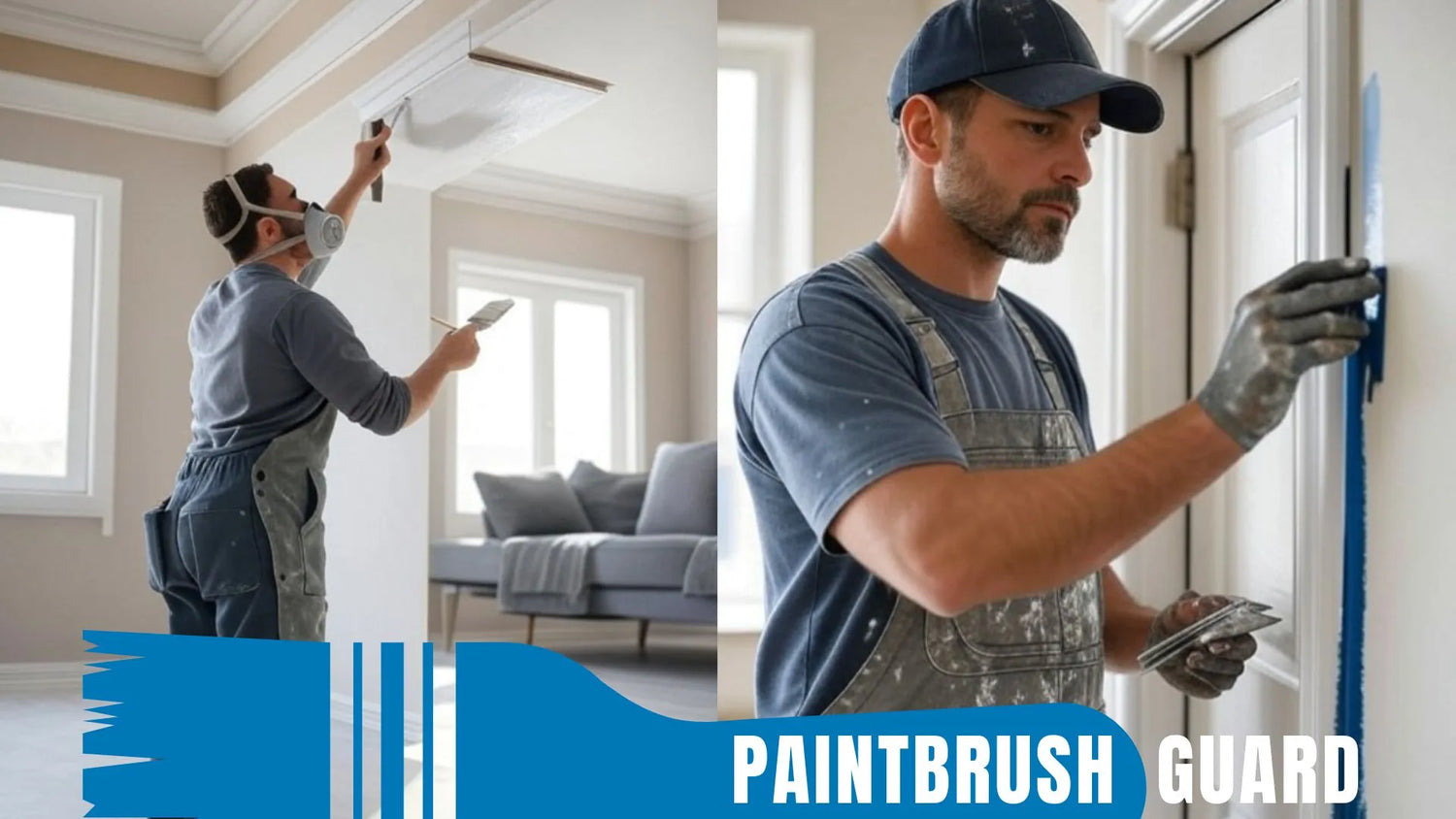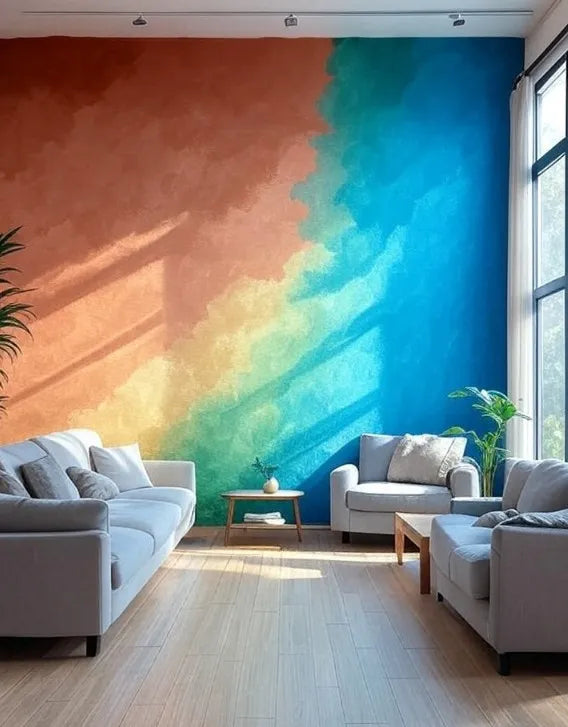
How to Troubleshoot Common Issues for Interior Wall Painting
|
Time to read 4 min
|
Time to read 4 min
When you're knee-deep in an interior wall painting project, nothing's more aggravating than hitting snags that ruin your hard work. I've tackled dozens of rooms in my own home and for neighbors, and learning to troubleshoot common issues has saved me from many a disaster, like blotchy walls or peeling edges.
This isn't just about fixing problems; it's about preventing them to get that smooth, lasting finish. In this article, we'll dive into ways to troubleshoot common issues, drawing from real-life slip-ups I've encountered.
Whether it's bubbles, streaks, or color mismatches, knowing how to troubleshoot common issues can turn a frustrating task into a triumphant one.
Painting interior walls? Our 10-step beginner guide with product recommendations ensures a flawless, professional finish for any room.
Troubleshoot common issues early, and you'll avoid costly repaints. Common problems like uneven coverage or drips often stem from prep oversights, but with quick fixes, you can salvage the job.
From my experiences, ignoring these leads to walls that look amateurish and wear out fast. Industry folks say up to 60% of painting woes are preventable if you troubleshoot common issues promptly.
It boosts paint longevity, especially in moist areas like bathrooms. Mastering how to troubleshoot common issues not only saves money but also builds your DIY confidence for future projects.
If you are planning to paint your house interior, in this article you will learn easy steps to make your home interior feel new again with step-by-step guides for all interior surfaces.
Arm yourself right to troubleshoot common issues effectively. Basics include sandpaper (various grits), putty knives, primer, and quality brushes. For spotting issues, good lighting like LED lamps helps reveal hidden flaws.
A moisture meter detects dampness causing bubbles, while painter's tape fixes bleed lines. I've found a simple scraper invaluable for peeling paint. Keep TSP cleaner handy for grease-related troubles.
These tools, costing around $40, make it easier to troubleshoot common issues without pro help.
Let's break down frequent problems and how to troubleshoot common issues step by step.
These steps to troubleshoot common issues can rescue most projects. Practice on small areas first.
Here are three bullet points to sharpen your skills:
To wrap up, knowing how to troubleshoot common issues in interior wall painting is your best defense against imperfect results. From bubbles to streaks, addressing these promptly with proper tools and techniques ensures durable, beautiful walls.
By avoiding rushed work and learning from each job, you'll troubleshoot common issues like a pro. Embrace the process, and your home will thank you with flawless finishes that stand the test of time.
Want to master wall painting? Explore expert guides on prep, priming, cutting in, and fixing issues for a flawless finish!
Clean surfaces well and use primer to troubleshoot common issues with adhesion; sand glossy areas first.
Mix paint thoroughly and apply even coats to troubleshoot common issues; stir between applications.
Yes, sand and repaint affected spots to troubleshoot common issues, but prevention is better.
Moisture causes them; ventilate and dry walls to troubleshoot common issues before repainting.
Use mildew-resistant paint and dehumidifiers to troubleshoot common issues like peeling.

Learn about eco-friendly painting, tips and tutorials on house interior and exterior surfaces, so you can get started with your project without any surprices during or after your painting.

Learn how interior house paint colors influence mood with expert tips on room preference so you can pick the best colors for a harmonious home environment.
We focus on the most popular shades for each interior colors, so you don't miss no matter what color you pick.

Learn how this innovative tool allows you to store paintbrushes without the need for immediate cleaning, offering significant advantages in time savings, water conservation, reduced chemical pollution, and lower costs for supplies.